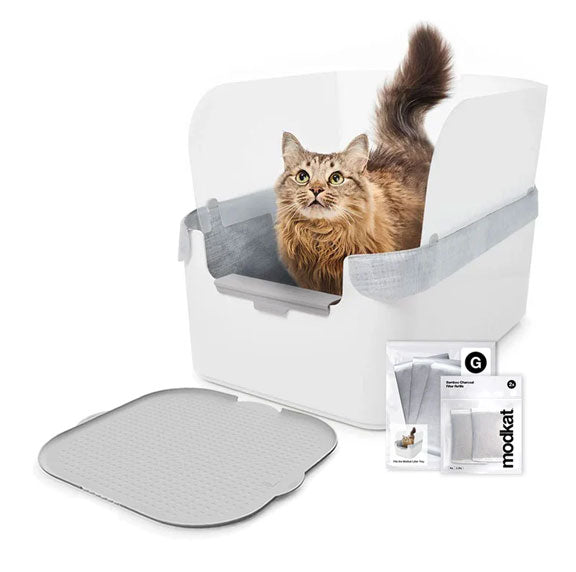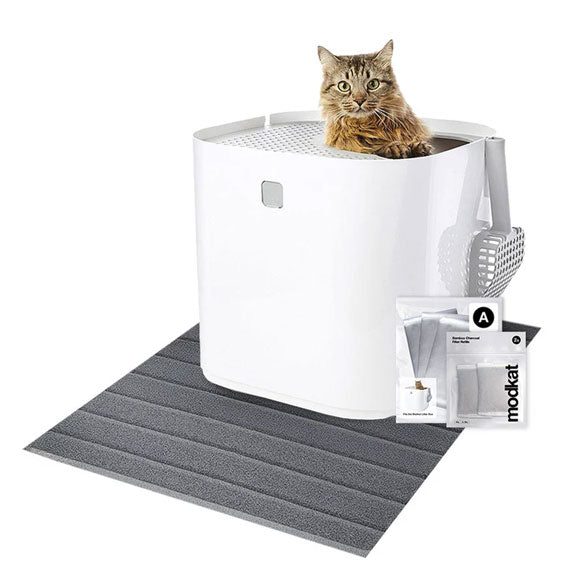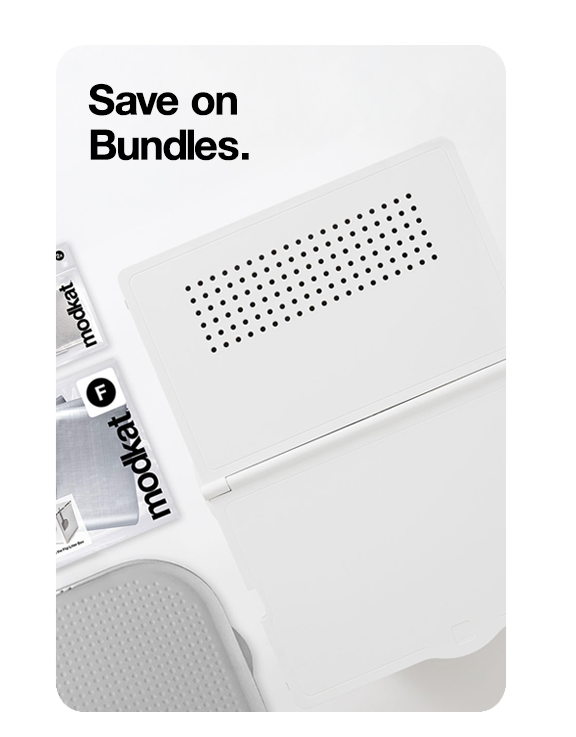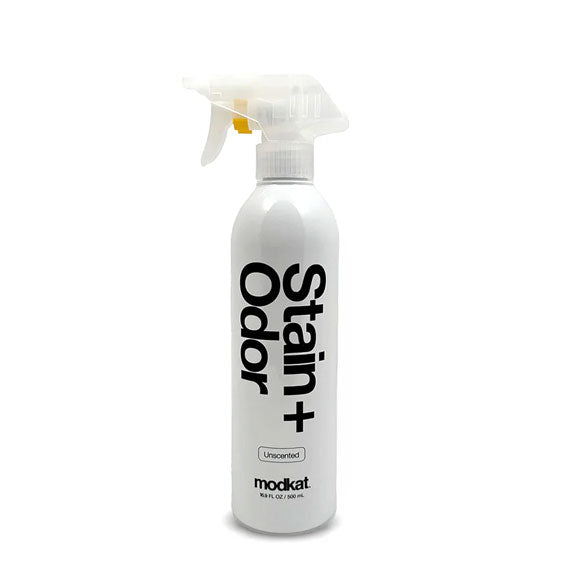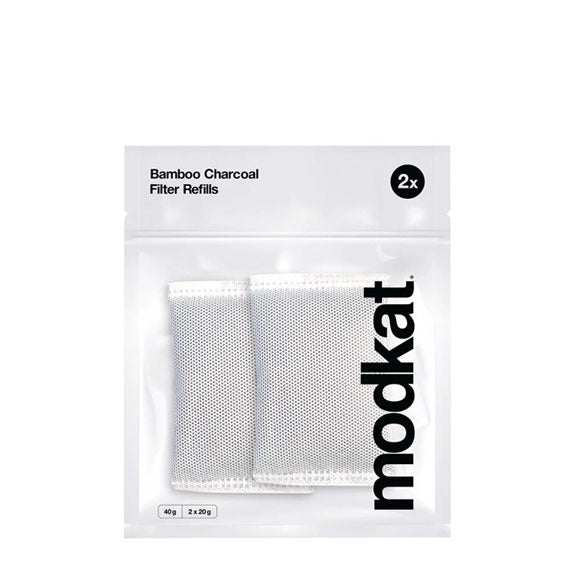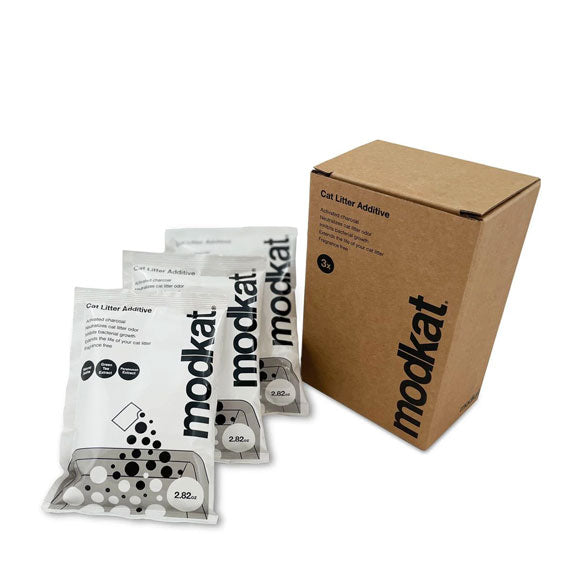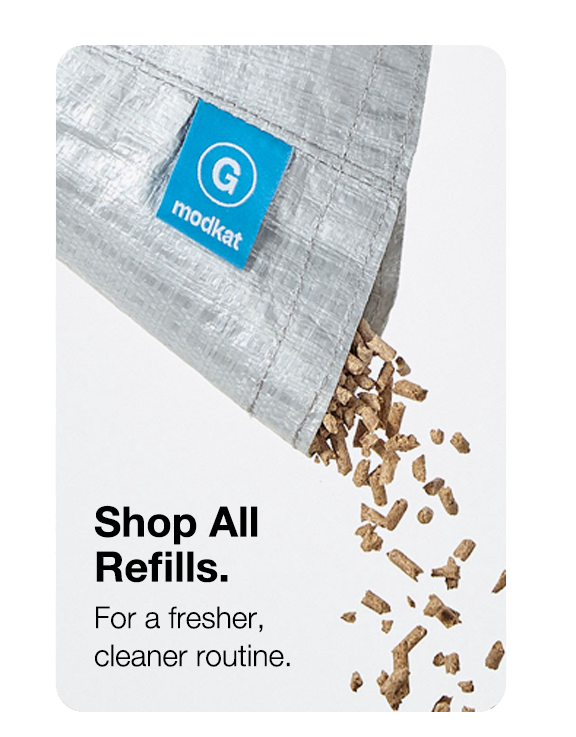20% off sitewide. Discount automatically applied.
20% off sitewide. Discount automatically applied.
Litter Boxes
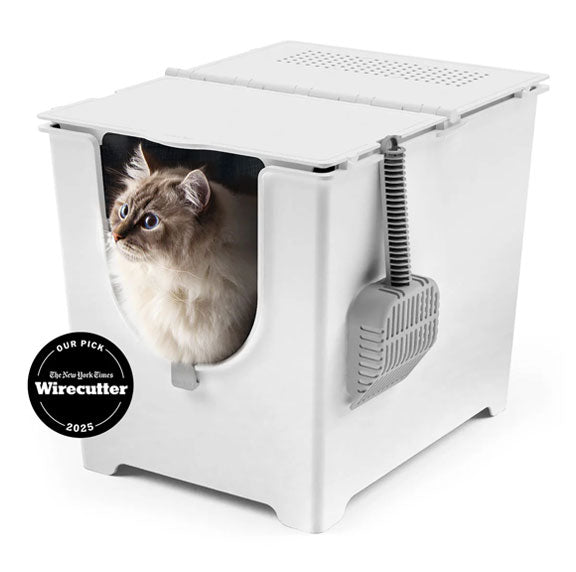
Modkat Flip
Front-Entry Litter Box

Modkat XL
Front/Top-Entry Litter Box
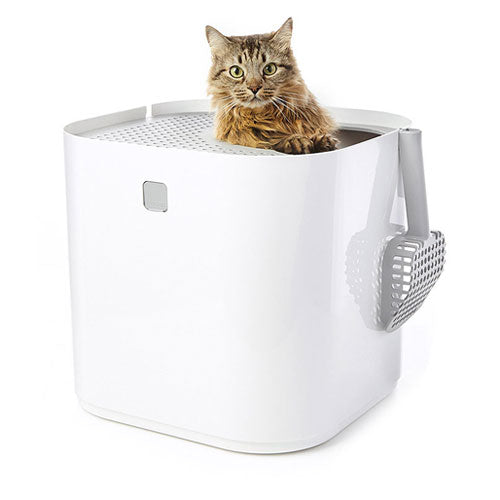
Modkat
Top-Entry Litter Box
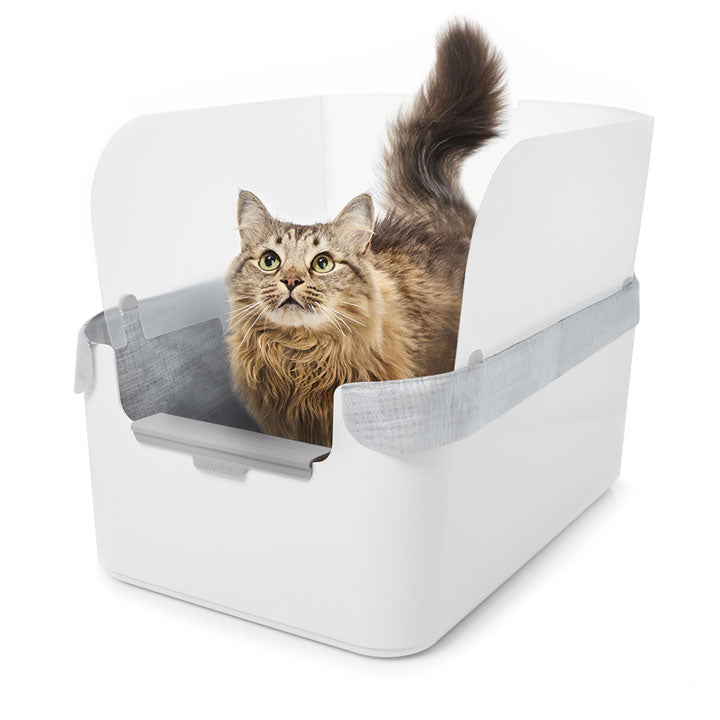
Modkat Tray
Open Litter Box
Bundles
Essentials

Litter Keeper
Two colors
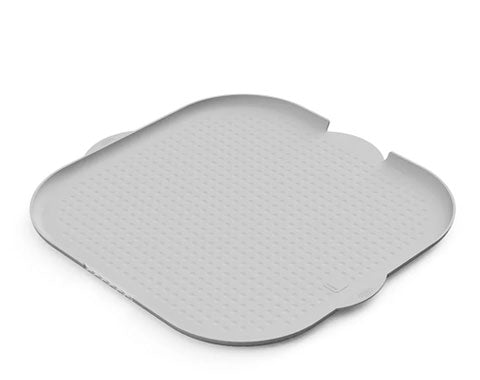
Litter Mats
Multiple styles, colors & sizes
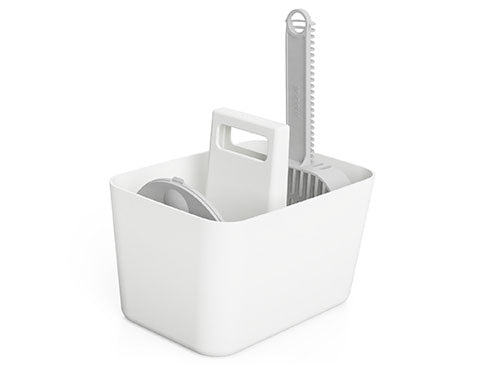
Tidy-Up Kit
Scoop holder & dustpan
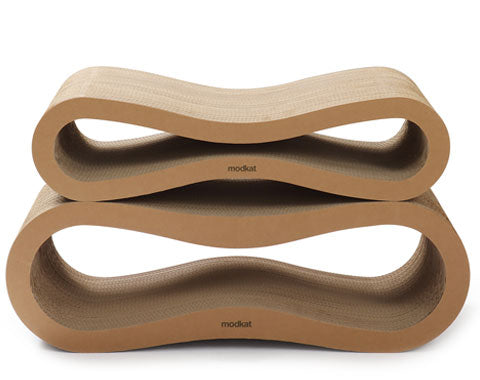
Lounge + Play
Scratchers & toys
Refills
Add description, images, menus and links to your mega menu
A column with no settings can be used as a spacer
Link to your collections, sales and even external links
Add up to five columns
Add description, images, menus and links to your mega menu
A column with no settings can be used as a spacer
Link to your collections, sales and even external links
Add up to five columns
How to prevent hairballs in cats.
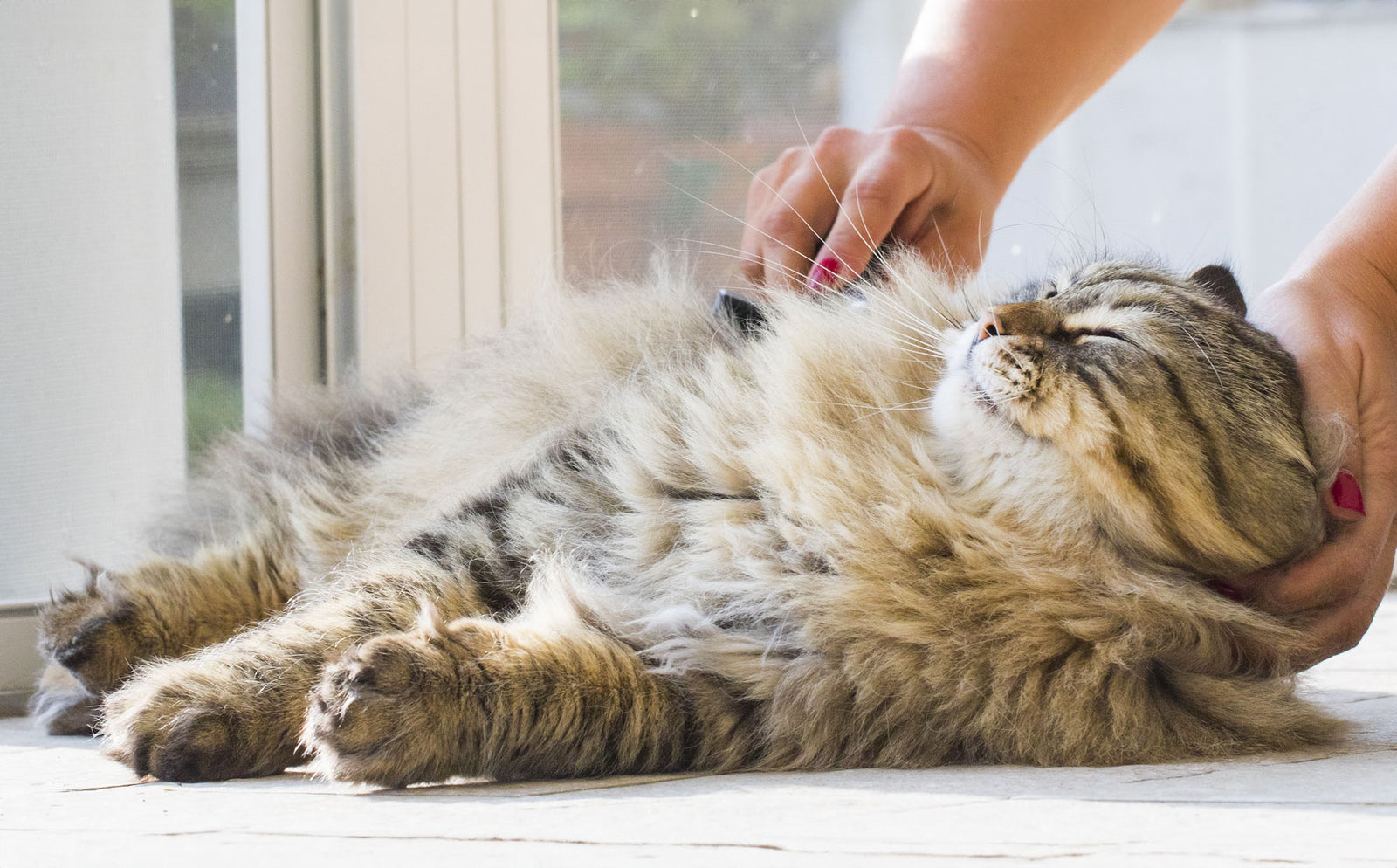
Hairballs are more than just an unpleasant surprise left on your floor; they're a common issue for our feline friends, often resulting from their meticulous grooming habits. Understanding how to prevent hairballs in cats is essential for their health and comfort.
This article delves into effective strategies to minimize hairball formation, from regular grooming techniques to dietary adjustments.
By integrating these preventative measures into your cat's care routine, you can enhance their well-being and avoid the complications associated with hairballs. Join us as we explore practical tips to keep your beloved cat hairball-free and happy.
Understanding why hairballs happen.
A hairball is the common word for a trichobezoar, a glob of hair held together by saliva, bile, and other digestive fluids. Sometimes, they include drops of mucus and food particles. The word "ball" is a misnomer because most hairballs are actually cylindrical rather than round.
You've probably heard the phrase "coughing up a hairball," but you might not know how misleading it is. Cats don't actually cough a hairball from their lungs; they basically vomit one from their stomachs. All the hacking and retching motions that look like coughing are just efforts to encourage digestive motility. If you find a hairball lying on the floor, you might confuse it with feces. However, its smell, while not pleasant, is much less foul than a bowel movement.
While disgusting, hairballs form from a cat cleaning and grooming itself. Cats' tongues feature backward-slanting papillae that hook loose hairs and pull them out of a cat's fur. Most of these hairs move harmlessly through the digestive tract and are excreted. Some hairs, however, accumulate in the stomach, get mixed with stomach acids, and eventually become a hard clump. Too large to pass one way, these globs of fur must pass another.
Hairballs commonly occur in healthy cats, but sometimes they can cause problems. The health risks associated with hairballs include digestive issues and intestinal blockages, especially in long-haired cats like Persians. In extreme cases, hairballs can even prove fatal unless you get help from the vet to alleviate the obstruction. Fortunately, you can help prevent hairballs in cats naturally.
Symptoms associated with hairballs.
How do you know your cat has a hairball they can't hack up? Look for these symptoms:
- Constipation
- Diarrhea
- Little appetite
- Vomiting
- A lump in the cat's abdomen
- Retching or hacking without producing a hairball
If you suspect your cat has a hairball they cannot pass, take the animal to the vet. Only try laxatives, supplements, or over-the-counter recommendations if your cat-friendly vet recommends them. Let your vet handle your cat's impacted hairball.
How to Prevent Hairballs in Cats Naturally?
If an ounce of prevention is better than a pound of cure, as Benjamin Franklin (a cat lover) famously remarked, can you prevent cat hairballs? Yes… and no…. Some hairballs are probably inevitable, but here are a few tips and techniques for preventing hairballs that could cause health issues for your pet.
Regular grooming practices.
Hairball prevention in cats starts with regular grooming. Combing and brushing your pet can help remove excess loose hairs before your cat swallows them, preventing hairballs from forming in the first place.
Here's how to use the best grooming tools and techniques to groom your cat:
- Start with a comb. Most cats enjoy this experience, which is basically an intense form of petting. It also rakes out the clumps of loose hair.
- Remove dead hair with a brush. Use a brush that's suitable for your cat. Long-haired pets need a different kind of brush than short-haired animals.
- Consider a bath. Yes, most cats hate water, but some long-haired animals may need a light bath to help get rid of mats and ground-in dirt.
- Perform a pedicure. A vet may be your safest route to clipping toenails, but you can learn to clip your cat's nails safely and effectively.
But my cat hates being groomed, you might say. One of us might not get out of this session unscathed! You're not alone with these fears. Many people aren't excited about grooming their feline pets. Consider these tips to acclimate your cat to regular grooming sessions:
- Bond with your cat. Wait patiently for your cat to develop a sense of trust before you attempt to groom them.
- Start slowly. Remember that cats aren't dogs. They generally respond best to soft, quiet, and gentle treatment over roughhousing.
- Use the right tools. Research the best combs, brushes, gloves, clippers, and grooming kits to ensure you get what's right for your pet.
- Call in a professional when needed. If your cat never warms up to your grooming regimen, don't hesitate to ask your cat-friendly pet groomer or veterinarian for help.
Proper nutrition and diet.
While a diet cannot prevent your cat from ingesting loose fur while grooming, it can keep their digestive system in good working order — helping keep balls of hair from becoming hairballs. High-fiber foods like pumpkin, Metamucil, and cat grass, can help things move through the digestive tract, reduce shedding, and promote coat health.
Feline nutritionists have even developed packaged cat foods with high fiber, specifically marketed to reduce hairballs. Commercially produced treats can also contain natural ingredients that help lubricate the digestive tract. These goodies may or may not be effective. Anytime you consider changing your pet's diet, talk to your cat-friendly vet first.
A diet rich in insoluble fiber can do more than facilitate cat hairball prevention. It can also help many pets who are overweight to reduce their risk of obesity-related diseases and even early death.
Optimal Hydration
A cat should drink about four ounces of water for every five pounds of body weight. A 10-pound cat, therefore, needs to imbibe about one cup of water daily. Staying hydrated is essential to overall feline health, and it's vital to help prevent hairballs.
What can you do to keep your cat hydrated?
- Provide clean drinking water 24/7.
- Keep at least two water dishes in your house. That way, if one gets spilled or contaminated, another is available.
- Try using water fountains. Many vets recommend these devices to help pets drink more water because they mimic the moving water cats would encounter in the wild.
- Offer wet food. Its high moisture content can help maintain hydration and aid in overall digestion.
When to see a vet.
You can help prevent hairballs through hydration, a fiber-rich diet, and a consistent grooming routine, but despite your best efforts, hairballs may still happen. If you notice your cat vomiting, appearing lethargic, or acting disinterested in food, your pet may require veterinary attention.
Do not give your cat mineral oil, olive oil, petroleum jelly, laxatives, or anything you find at the store without asking your vet first. These homemade or over-the-counter remedies could delay life-saving treatment for your pet by a professional.
Final thoughts.
Preventing hairballs is vital to maintaining your cat's health and well-being. Most hairball-prevention strategies are easy to integrate into your routine care — keep your cat well nourished and hydrated, groom them regularly, and stay in touch with your vet. If you suspect an impacted hairball, phone your vet's office. They can help you keep your cat happy and healthy.
Looking to upgrade your litter box situation? Modernize your litter box with Modkat.
“It looks nicer than any other hooded or open option we considered.”

Categories
Meow from Brooklyn.
Sign up and get early access to product drops, exclusive offers, and the occasional cat meme.
Similar products related to this blog:
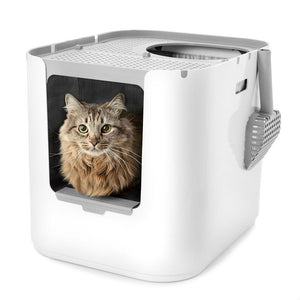
"It looks nicer than any other hooded or open option we considered."

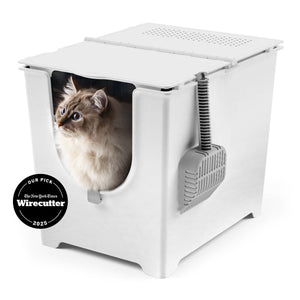
"This litter box keeps everything in, nothing gets out the sides."

"My beautiful ragdoll cat and I both love the new Modkat Litter tray!"


